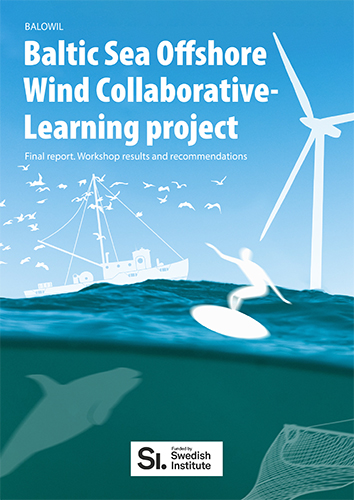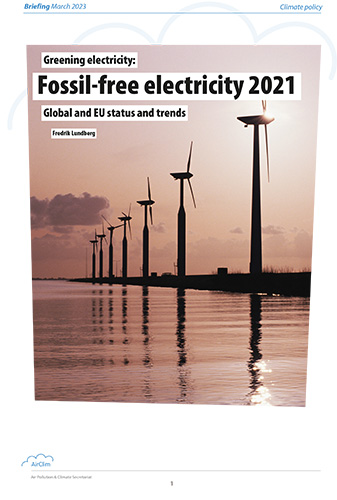
Baltic Sea - first nitrogen emissions control area?
The Baltic Sea is already an emission control area (ECA) for sulpur dioxide. Now HELCOM intends to take the same step for nitrogen oxides.
At a meeting in St. Petersburg on 18–20 November, the Baltic Marine Environment Protection Commission (HELCOM) agreed, in principle, to submit to the International Maritime Organisation (IMO) a proposal to designate the Baltic Sea as a nitrogen oxides emission control area (NOx-ECA) under the revised Annex VI of the IMO’s MARPOL Convention.
“Tighter NOx-ECA restrictions, requiring an 80-per-cent reduction of emissions from new marine diesel engines installed on ships as from 1 January 2016, would reverse the increasing trend of NOx emissions in the Baltic Sea in the long run,” said HELCOM’s professional secretary Monika Stankiewicz.
The HELCOM countries are planning to make this submission in 2010.
Atmospheric nitrogen deposition is one of the main contributors to the high nutrient concentrations that stimulate massive algae blooms in the Baltic Sea. Shipping has been identified as the largest contributor to atmospheric nitrogen oxide deposition in the Baltic Sea with a share of 16 per cent. However, the contribution can reach up to 50 per cent in some areas and seasons.
The total NOx emission from ships in the Baltic Sea is estimated at more than 370 kilotonnes in 2006 and 400 kilotonnes in 2007. This means they are comparable to the land-based emissions from Denmark and Sweden combined.
The Baltic Sea was the first sea area to be designated as a sulphur oxides emission control area (SOx-ECA) in 1997, but as a result of slow ratification, the enforcement of this decision was postponed until 19 May 2006.
Source: HELCOM press release 24 November 2008. www.helcom.fi/press_office/news_helcom/en_GB/MARTIME_7_outcome/
Note: The Helsinki Commission (HELCOM), officially known as the Baltic Marine Environment Protection Commission, is an intergovernmental organisation of the nine Baltic Sea coastal countries – Denmark, Estonia, Finland, Germany, Latvia, Lithuania, Poland, Russia, and Sweden – and the EU that works to protect the marine environment of the Baltic Sea from all sources of pollution and to ensure safety of navigation in the region.

 Download this issue
Download this issue Draft new EU legislation that would limit harmful vapour emissions from petrol pumps was proposed on 4 December by the European Commission.
Draft new EU legislation that would limit harmful vapour emissions from petrol pumps was proposed on 4 December by the European Commission.










